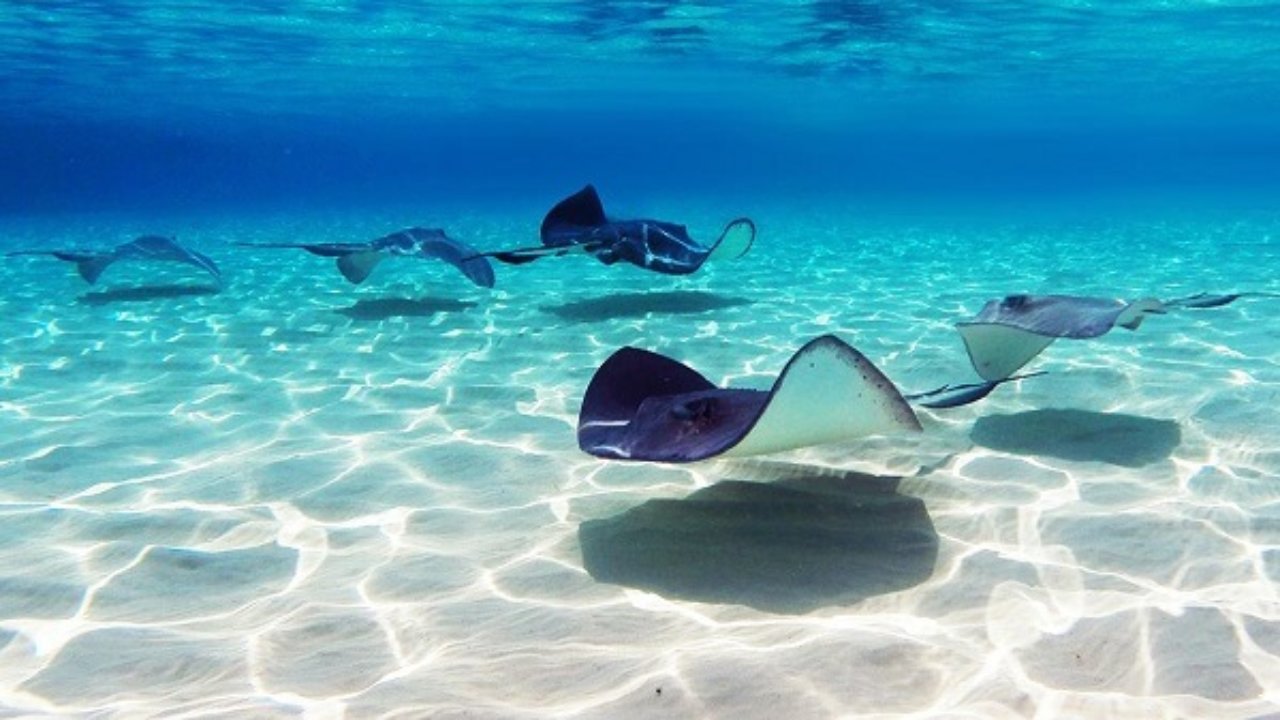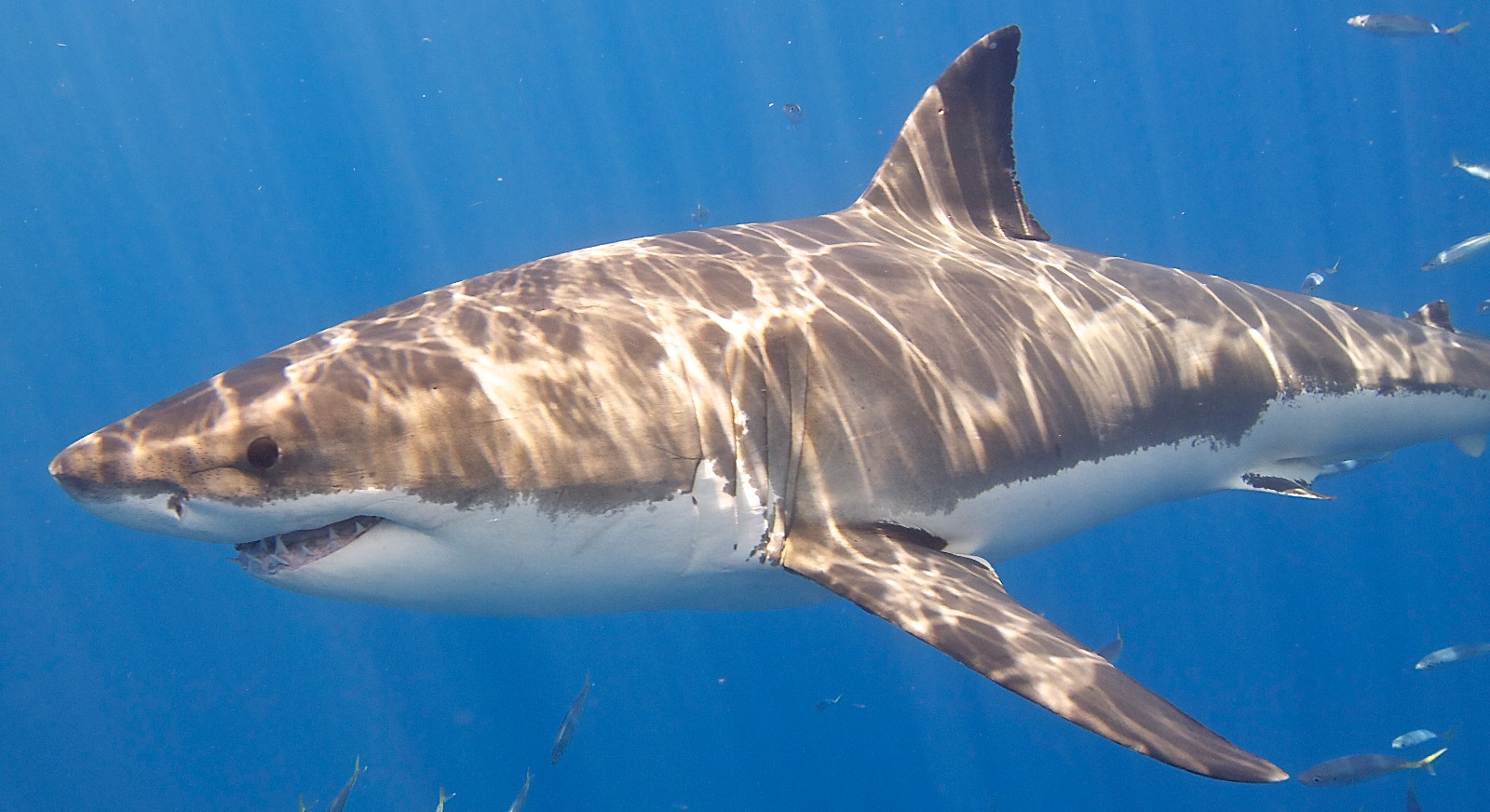A great truth, which has been cited thousands of times, is that "nature is wise and precise", a concept that is not under discussion, and even more so when you need to talk about the incredible designs and reproduction systems that are available in the animal kingdom for life to exist in certain environments. One of these beings are ovoviviparous animals, which have a precise setting for it.

Brief definition of ovoviviparous animals
These types of animals correspond to those that develop inside an egg long before birth, distinguishing them from others. Types of animals in which the egg is held internally by the female species until the embryo is fully formed. Under this, the animal breaks the protective space quickly at the end of which it is put. There is also the case that it is outside the body of the female and then the birth of the offspring occurs.
Ovoviparity or ovoviparism is, essentially, a composition between oviparism, which deals with animals that lay eggs to reproduce, and viviparism, which refers to animals that are formed internally in the mother. It is, in effect, a complete example of the evolutionary process that has occurred through survival, which has caused a genetic change.
Some peculiarities of ovoviviparous
Among some peculiarities that the ovoviviparous animals with respect to other creatures is that, they achieve that their embryos can grow inside the egg and being inside the female of the species, unlike the oviparous, which place the eggs in a specific point and externally from the mother at the beginning to develop the embryo, and later, being born out of it.
It is important to highlight the viviparous animals, which are those beings, whose fetus is formed within the structure of the female, as well as mammals. However, the viviparous they manage to have the embryo internally, there being a valuable contrast, which indicates that since it is protected by a shell, it cannot directly receive the food that the mother may have.
How do ovoviviparous reproduce?
Fertilization occurs internally, just like the growth of the embryo, with the great divergence of animals viviparous, which do not grow inside an egg, especially if they are protected by the female. The future offspring, inside the egg, manages to consume and take advantage of all the nutrients that the same cell gives them. In nature, there are also animals where the female releases the egg, waiting for it to break and, once this is achieved, the female protects them until they can fend for themselves.
Ovoviviparous existing in the world
Within this small group you can find species that are well known, as well as others that lack relevance, but are no less important for it. explaining about certain ovoviviparous animals, can be described:
White shark: Corresponds to a type of silky shark of immense size and power, with an arch-shaped mouth and changeable teeth. He needs to swim constantly, since it is impossible for him to stay still, since not doing so would prevent him from breathing and, in turn, from floating, knowing that he lacks a swim bladder. Fetuses are nourished through the vitellium; it does not manage to lay eggs externally, but the progeny is born inside the mother and later, when they come out, they are already developed.
Boa constrictor: It can be explained as a reptile that has a length between 0,5 and 4 meters, depending on its subgroup. In fact, the females reach a larger size than the males. Its color tone is reddish and white, or brown and reddish, with certain differences according to the one being specified. It is usual for it to mate in the rainy periods, spending a few months for its development and its birth occurring within the maternal structure, being already fully developed.
Manta ray (giant manta): It differs from other animals in that it does not have a poisonous stinger in its tail, as well as the size it can reach. It is normally located in temperate seas, having the ability to jump out of the water. At the time that reproduction occurs, some males seek to conquer a female, one of the mandatory requirements to copulate being to definitively kill the competition. They can be for twelve months inside the mother.
anaconda: It is within the type of constrictor snake, managing to measure, in a maximum case, ten meters in length. Although she is not part of a group but in an antisocial way, when the female seeks to reproduce, she manages to enchant the male by expelling pheromones. In each group of offspring, an amount between 20 and 40 species are conceived, with a length close to 60 centimeters.
Surinam Toad: Corresponds to an amphibian found in tropical and subtropical regions. Among its peculiarities are its flattened body and its triangular and flat head. His skin tone is gray with light green undertones. In this regard, it is quite remarkable within the ovoviviparous animals, thanks to the fact that fertilization takes place outside the mother's body. Once fertilized, the female places them back inside her body.
Platypus: It is a fascinating animal, according to the fact that it is classified as a mammal, but it also lays eggs, which is why it can also be called an ovoviviparous. It is a semi-aquatic species that inhabits eastern Australia and Tasmania. It is distinguished by a very particular appearance, with a snout that is similar to a duck's beak, tail identical to that of a beaver and legs exactly like an otter. It is toxic.
Lution (Crystal Shingles): Corresponds to a rather peculiar animal, based on the fact that it is defined as a legless lizard. In other words, it is snake-like in appearance. However, it is known that it is a lizard according to the fact that tracks or marks of its skeleton are found on its body, which has the characteristics of lizards, also having mobile eyelids, quite unlike snakes.
It is a reptile that lives in Europe and that manages to reach lengths of 40 centimeters in males and 50 centimeters in females; the moment in which they reproduce is usually in spring, having after that 3 or 5 months of gestation. The female species lays the eggs with the mature litter inside, and hatching takes place immediately after that action.

